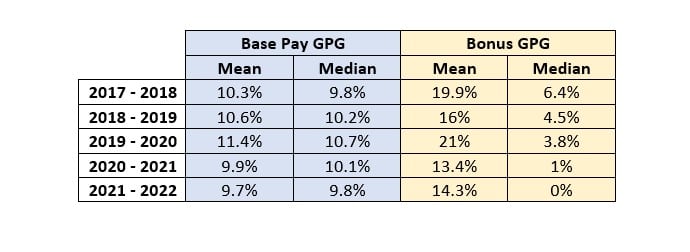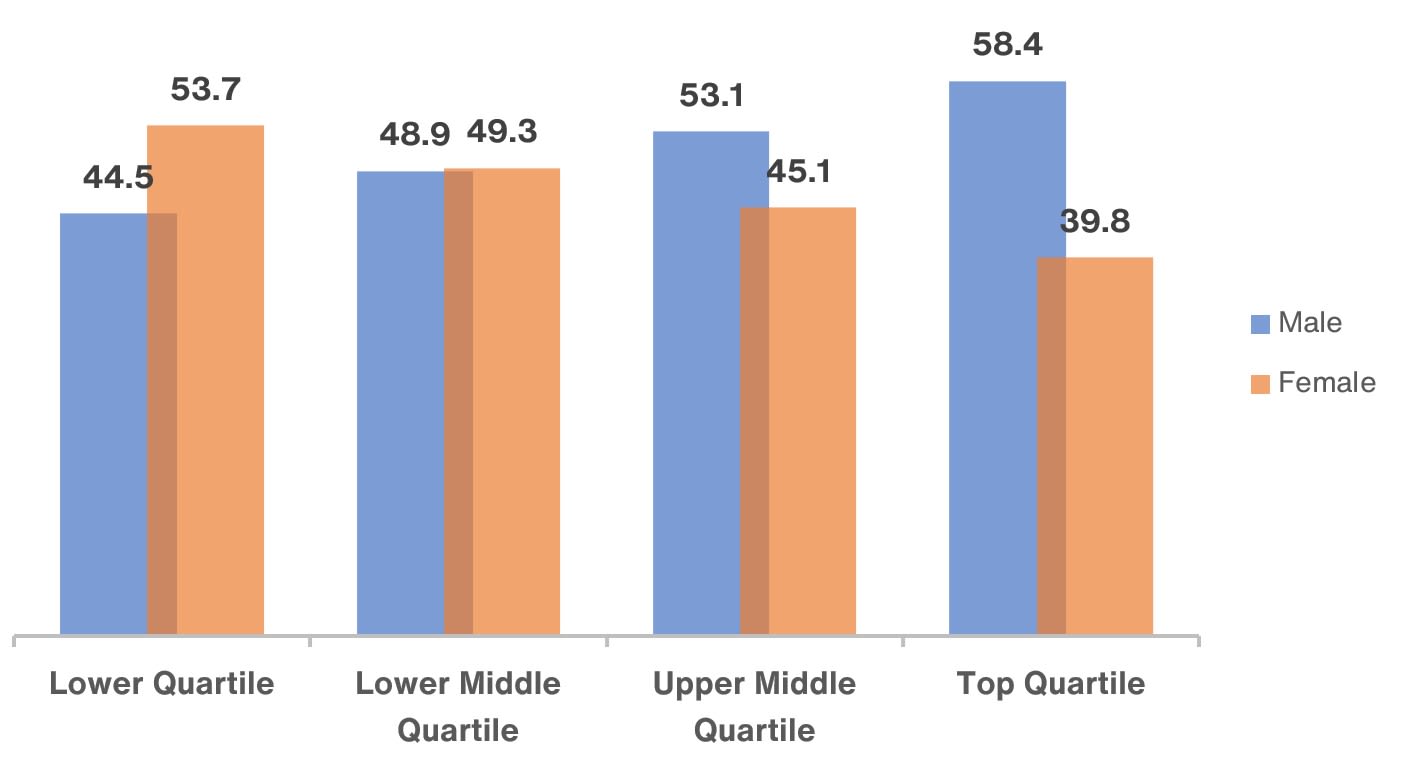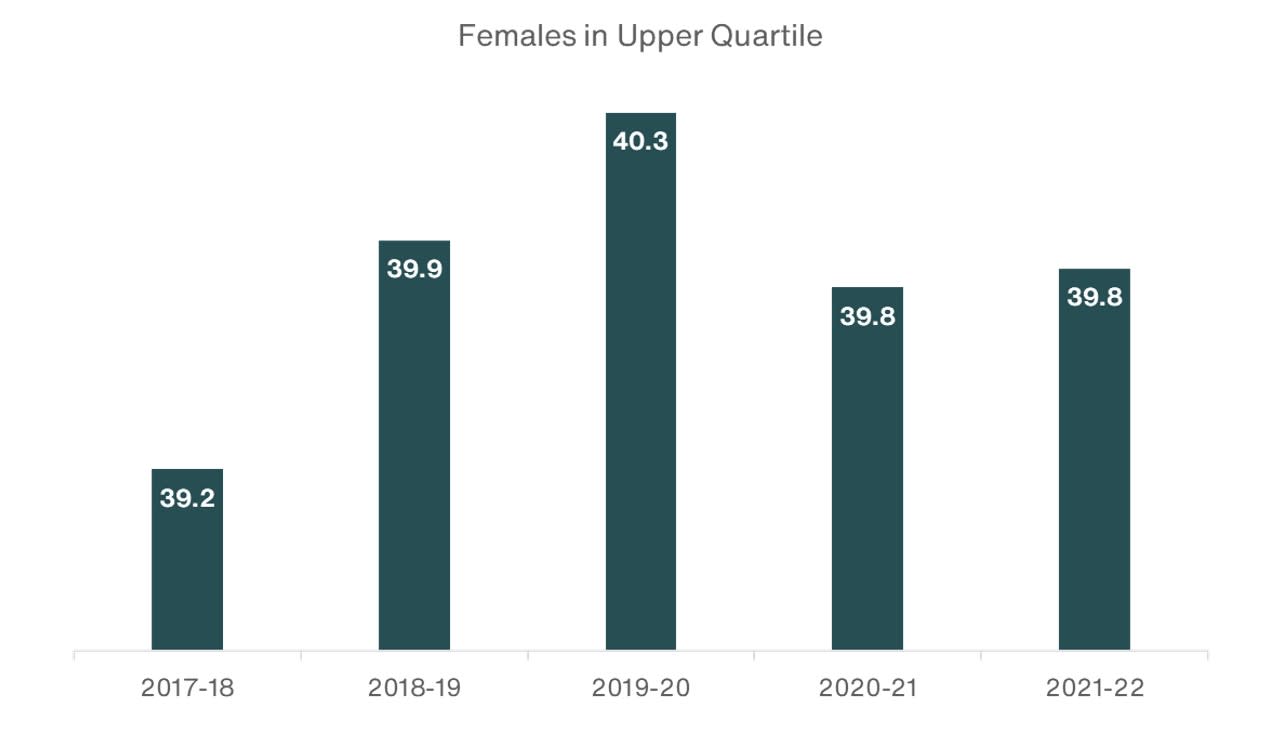
Article 8 Min Read
Managing Cyber Risk through Return on Security Investment
The number of regulations covering the Gender Pay Gap1 has increased considerably in recent years. Countries including the USA, Japan, Australia and Israel2 have all increased their regulations as part of the push for pay transparency.
The forthcoming EU Pay Transparency Directive3 is perhaps the most comprehensive to date. It incorporates new levels of Gender Pay Gap analysis and disclosure, plus requirements to accelerate progress towards pay equity.
Whilst the UK has been testing options on pay transparency (e.g. pay disclosure on job postings), its primary tool to deliver pay equity continues to be its well-established Gender Pay Gap4 reporting requirement. Since 2017, all employers with more than 250 employees in the UK have been required to publish their gender pay gap annually, following a set methodology. These statistics enables a year-on-year comparison to assess whether these regulations are effective in closing the gap.
This gives us the evidence to see whether the current UK regulations are sufficient or if we should be pushing for increased levels of pay transparency, such as those to be implemented in the EU shortly.
In conducting the analysis Aon has looked at the annual disclosures and publicly available information on the UK Government website5. In analysing changes for the period 2018-2022, we have used a consistent sample of 7,534 employers who have reported in each of the annual cycles. In making comparisons, we have averaged out annual figures using a "mean of the means" and a "median of the median" methodology.

Chart 1: Comparison of UK GPG publications from 2018 – 2022
Source: https://gender-pay-gap.service.gov.uk
Chart 1 demonstrates:
The impact of the UK Gender pay gap regulations has clearly been very limited over this five-year period.
Through our client work, Aon has found that one of the core metrics is the distribution of males and females across the pay quartiles, as reported in the regulations. Chart 2 shows the average distribution from the 2022 disclosure.
This distribution has a significant impact on the gender pay figures. A higher proportion of females
in the lowest pay quartile reduces average female pay levels, while the reverse is obviously true
when there are more males in the top quartile.
As chart 2 shows, in the April 2022 disclosures,
fewer than 40 percent of individuals in the highest paying quartile were women.

Chart 2 Average Pay by Gender, 2022 Pay Disclosures
Source: https://gender-pay-gap.service.gov.uk/
Looking at the percentage figures for females in the top quartile across the five year period, there has only been a very small change in female representation - a total variability of just over 1 percent. From 2018–2022 it stands at just 0.6 percent.

Chart 3: Females in the Upper Quartile, 2022 Pay Disclosures
Source: https://gender-pay-gap.service.gov.uk
This analysis shows it is difficult to evidence a significant and positive impact from the UK Gender Pay Gap reporting regulations. Three key conclusions are:
In 2018 employers sought to understand the underlying cause of pay gaps. Today, with some notable exceptions, there is a risk that it is only a compliance ‘tick-box’ exercise. A sign of this can be picked up in the reporting levels. In early March 2023, with only one month to go before the deadline, only 22 percent of organisations in our constant sample had reported.
In the 2022 submission, 186 employers, including some well-known organisations, submitted non-compliant gender pay gap reports as they failed to disclose information on gender make-up across the pay quartiles. Over 60 employers reported a zero percent base pay gap at both median and mean levels which raises the question whether this is a credible disclosure.
In 2018 when the first gender pay gap reports were published, employers were concerned about the reactions of their employees to any gaps. These concerns proved largely unfounded. Five years on, there is some evidence emerging that employee concern is building.
At Aon, we find that an increasing number of our job applicants, especially graduates, ask about our gender pay gap at their interview and what we are doing to address it. Many of our clients also report increased questioning from their applicants and employees. Attention is only expected to increase as a result of the media attention that is going to surround the EU Pay Transparency Directive.
The question for the UK must now be whether it needs its own Pay Transparency regulations, such as those developing in the EU.
Based on the lack of progress evidenced over the last five years, we should not be surprised if additional pay transparency regulations are developed.
In the absence of any official guidance and direction from the Government there is still a lot of action that firms can take as they consider local steps to address the issue. Obviously, any UK employer with more than 100 employees in an EU market will need to implement responses to ensure compliance with the new rules but even in the UK, responses will be needed. The EU regulations will have an impact on the UK market as employers bring those practices to their UK operations but beyond this and in the shorter term, there are some questions, and actions that UK employers can begin to consider:
The UK regulations were successful in raising the profile of the topic of gender based pay disparity in 2017 but that flurry of attention has reduced significantly and they have had very limited impact on the size of the gap. Organisations need to be aware that society has evolved a lot in the last five to six years and standards of what is considered acceptable have also changed. This is reflected in the surge in new pay transparency regulations over the last two to three years which often includes heighted gender pay gap reporting requirements as is the case in the EU. Maybe the time is now right for additional tools and requirements to be introduced in the UK as well to help accelerate change and create more momentum on the pathway to real, sustainable pay equity?
If you want to discuss practical steps to addressing pay parity and pay gaps in your business please contact [email protected].
1 The
Equality Act 2010 (Gender Pay Gap Information) Regulations 2017
2 2023 Pay Equity Regulatory Update
3 Gender pay gap: Parliament adopts new rules on binding pay-transparency
measures
4 The
Equality Act 2010 (Gender Pay Gap Information) Regulations 2017
5 Gender pay gap service
General Disclaimer
The information contained herein and the statements expressed are of a general nature and are not intended to address the circumstances of any particular individual or entity. Although we endeavor to provide accurate and timely information and use sources we consider reliable, there can be no guarantee that such information is accurate as of the date it is received or that it will continue to be accurate in the future. No one should act on such information without appropriate professional advice after a thorough examination of the particular situation.
Terms of Use
The contents herein may not be reproduced, reused, reprinted or redistributed without the expressed written consent of Aon, unless otherwise authorized by Aon. To use information contained herein, please write to our team.
Stay in the loop on today's most pressing cyber security matters.
Explore Aon's latest environmental social and governance (ESG) insights.
Explore our hand-picked insights for human resources professionals.
How do businesses navigate their way through new forms of volatility and make decisions that protect and grow their organizations?

Capability Overview 6 Min Read
Whether you are a human resources professional or responsible for organizational change, Aon can give you the talent and rewards data and advice to make better people decisions.

Product / Service 4 Min Read
Learn more about Aon's risk financing offerings.

Product / Service 6 Min Read
Learn more about Aon's non-profit investment consulting and strategy offering.